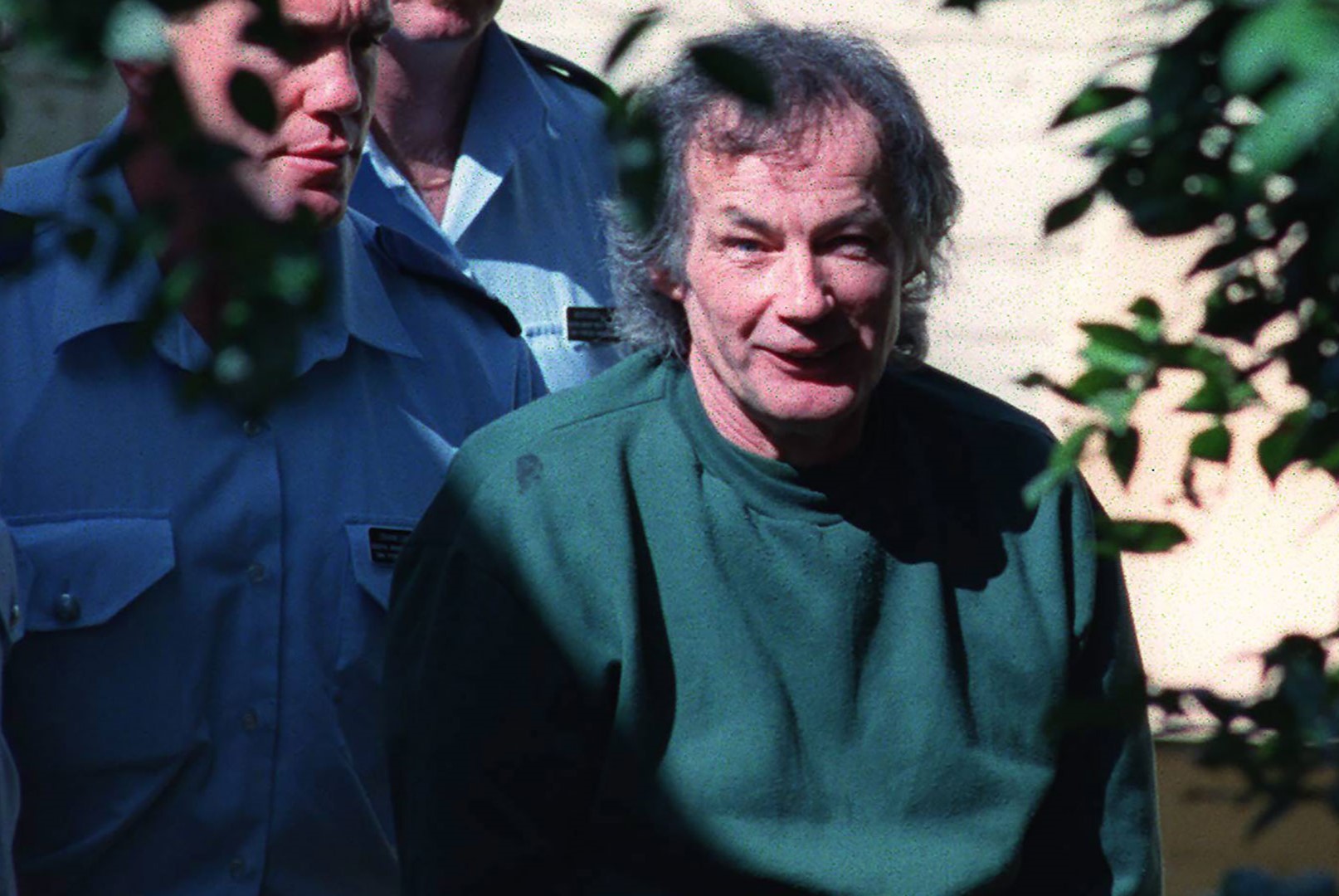
Ivan Milat, often called the Backpacker Murderer, remains one of Australia's most infamous serial killers. Born on December 27, 1944, in Guildford, New South Wales, Milat's life was marked by a series of violent crimes that horrified the nation. Who was Ivan Milat, and what drove him to commit such heinous acts? From his troubled childhood to his eventual conviction, Milat's story is a chilling tale of brutality and deception. His crimes, primarily targeting young backpackers, left a lasting impact on travel safety and public awareness in Australia. This article delves into 37 key facts about Ivan Milat, shedding light on his early life, criminal activities, and the legacy he left behind.
Key Takeaways:
- Ivan Milat, a notorious Australian serial killer, had a troubled upbringing and early criminal history, leading to his eventual conviction for the murders of seven backpackers.
- Milat's method of operation involved luring backpackers into remote areas before murdering them, sparking one of the largest investigations in Australian history.
Early Life and Family Background
Ivan Milat, one of Australia's most infamous serial killers, had a complex upbringing that shaped his future actions. Let's dive into the early years of his life.
- Ivan Robert Marko Milat was born on December 27, 1944, in Guildford, New South Wales.
- His parents were Croatian emigrant Stjepan Marko "Steven" Milat and Australian national Margaret Elizabeth Piddleston.
- Ivan was the fifth of 14 children, with ten brothers and three sisters.
- The Milat family initially lived on a rural weatherboard cottage farm in Bossley Park before relocating to Liverpool.
Parental Influence and Childhood Behavior
The environment in which Milat grew up played a significant role in his development. His early behavior hinted at the dark path he would eventually take.
- Milat's parents were conscientious in raising and educating their children, sending them all to Catholic schools.
- Family members described Milat's father as having a temper due to his alcoholism.
- Ivan displayed antisocial and psychopathic behavior at a young age, attacking animals with machetes.
- At age 13, he spent time in a residential school due to his violent tendencies.
- By age 17, he was in a juvenile detention center for theft, and at 19, he was involved in a shop break-in.
Early Arrests and Legal Troubles
Milat's criminal activities began early and escalated over time, leading to multiple arrests and convictions.
- In 1964, Milat was sentenced to 18 months for breaking and entering.
- A month after his release, he was arrested for driving a stolen car and sentenced to two years' hard labor.
- In September 1967, at age 22, he was sentenced to three years' imprisonment for theft.
Rape Charges and Family Dynamics
Milat's violent tendencies extended to more serious crimes, including abduction and rape, which further complicated his family relationships.
- On April 7, 1971, Milat abducted two young female hitchhikers near Liverpool railway station with a knife.
- He raped one of the hitchhikers before they managed to escape at a petrol station café.
- Milat was arrested later that day and charged with one count of rape and two counts of armed robbery.
- He was acquitted of the rape charges when the prosecution failed to make a convincing case against him.
- The Milat family was known to be insular and rural, with seven of the ten brothers having run-ins with the law.
Psychopathic Tendencies and Physical Appearance
Milat's behavior and appearance played a role in his ability to lure victims and commit his heinous crimes.
- Interviews with his brother, Boris, indicated that Ivan exhibited psychopathic tendencies early on.
- Milat was described as a good-looking, muscular boy who took great care of his appearance.
- He had a fascination for hunting and guns, which later became a significant part of his modus operandi (MO).
Employment History and Crimes
Milat's job as a road worker provided him with the opportunity to target unsuspecting backpackers.
- Milat worked as a road worker in various locations around New South Wales, including the Belanglo State Forest.
- His crimes began in the late 1980s, with the disappearance of Deborah Everist and James Gibson on December 29, 1989.
- The bodies of Caroline Clarke and Joanne Walters were discovered in the Belanglo State Forest in 1992, sparking a massive investigation.
Modus Operandi (MO) and Victims
Milat's method of operation involved luring backpackers into remote areas before murdering them.
- Milat approached backpackers along the Hume Highway, offering them transport to southern New South Wales.
- He would then take his victims into the Belanglo State Forest, where he would incapacitate and murder them.
- Milat was convicted of murdering seven people: Caroline Clarke, Joanne Walters, Deborah Everist, James Gibson, Simone Schmidl, Gabor Neugebauer, and Anja Habschied.
Investigation and Arrest
The investigation into Milat's crimes was one of the largest in Australian history, involving extensive police work and surveillance.
- Police surveillance of the Milat house at Cinnabar Street, Eagle Vale, began on February 26, 1994.
- Milat had recently sold his silver Nissan Patrol four-wheel drive shortly after the discovery of the bodies.
- Acquaintances told police about Milat's obsession with weapons.
- On May 5, 1994, Paul Onions positively identified Milat as the man who had picked him up and attempted to murder him.
Trial and Sentencing
Milat's trial was a lengthy and complex process, involving numerous witnesses and extensive evidence.
- Milat was arrested at his home on May 22, 1994, on robbery and weapon charges related to the Onions attack.
- The search of his home revealed various weapons, including a .22-calibre Anschütz Model 1441/42 rifle.
- He was charged with the seven backpacker murders on May 31, 1994.
- Milat appeared in court on May 23, 1994, but did not enter a plea.
- The committal hearing for Milat regarding the murders began on October 24, 1994, and lasted until December 12, 1994.
- Over 200 witnesses appeared during this period, leading to his conviction in 1996.
- Milat was sentenced to seven consecutive life terms for the murders.
The Lasting Impact of Ivan Milat
Ivan Milat's crimes left a deep scar on Australian society. His brutal actions in the Belanglo State Forest shocked the nation and the world. The backpacker murders highlighted the dangers faced by travelers and led to increased awareness about personal safety. Milat's early life and family dynamics played a significant role in shaping his violent tendencies. Despite his conviction, many questions remain unanswered, including the possibility of additional victims and whether he acted alone. The extensive media coverage and popular culture references have cemented his place as one of Australia's most notorious serial killers. His death in 2019 closed a dark chapter, but the legacy of his crimes continues to haunt. The case serves as a grim reminder of the potential for evil lurking beneath a seemingly normal exterior.
Frequently Asked Questions
Was this page helpful?
Our commitment to delivering trustworthy and engaging content is at the heart of what we do. Each fact on our site is contributed by real users like you, bringing a wealth of diverse insights and information. To ensure the highest standards of accuracy and reliability, our dedicated editors meticulously review each submission. This process guarantees that the facts we share are not only fascinating but also credible. Trust in our commitment to quality and authenticity as you explore and learn with us.


